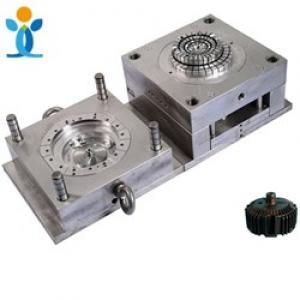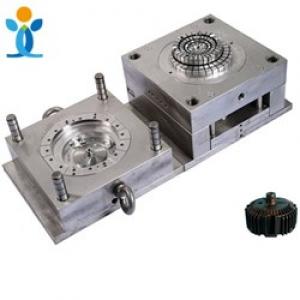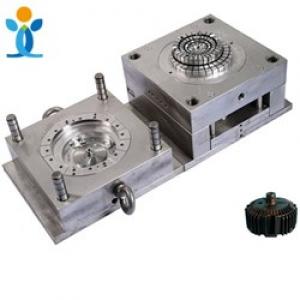Physical Properties of Plastics(4)
Physical Properties of Plastics(4)
Coefficient of expansion and coefficient of compressibility
The change of specific volume caused by temperature under constant pressure is the coefficient of expansion. From high temperature to low temperature, the polymer shows the shrinkage characteristic of decreasing specific volume. The specific volume of polymer depends not only on temperature but also on pressure. The specific volume of polymer changes with pressure at different temperatures. With the increase of pressure, the specific volume decreases and the density increases. This property is of great significance for controlling the quality and dimensional accuracy of products by pressure.
Moisture permeability
Moisture permeability refers to the transmission of water vapor to plastic film. The basic principle and definition are the same as air permeability. The ratio of the luminous flux passing through an object to the luminous flux emitted onto the object is called transmittance; The ratio of scattered light to all transmitted light in the direction of incident light is called haze or turbidity.
Haze is usually translucent and diffuse to incoming light. Tensile strength tensile strength refers to applying tensile load along the longitudinal axis of the sample under the specified test temperature, humidity and tensile speed, and measuring the maximum load when the sample is damaged.
compressive strength
Compressive strength is the strength at which a compressive load is applied to a specimen to rupture (for brittle materials) or yield (for non brittle materials). Bending strength bending strength refers to the strength of the sample when a concentrated load is applied on two fulcrums to deform or rupture the sample.
impact strength
Impact strength refers to the Joule consumed per unit area when the sample is broken by impact. For some plastics with high impact strength, a gap of specified size is often opened in the middle of the sample, which can reduce the Joule required for breaking.
Different test methods can be used for different specimens: falling ball impact test and high-speed tensile impact test. Friction coefficient refers to the ratio of friction to normal pressure. Add a positive pressure to the sample to measure the dynamic and static ratio of the sample during rigid movement.



